Welcome to Zhishang Steel Co., Ltd.
TEL: (Gavin) +86-15665898999 | Email : info@zhishangsteel.com
Location:Home>>News>>Company News » Knowledge Of Stainless Steel
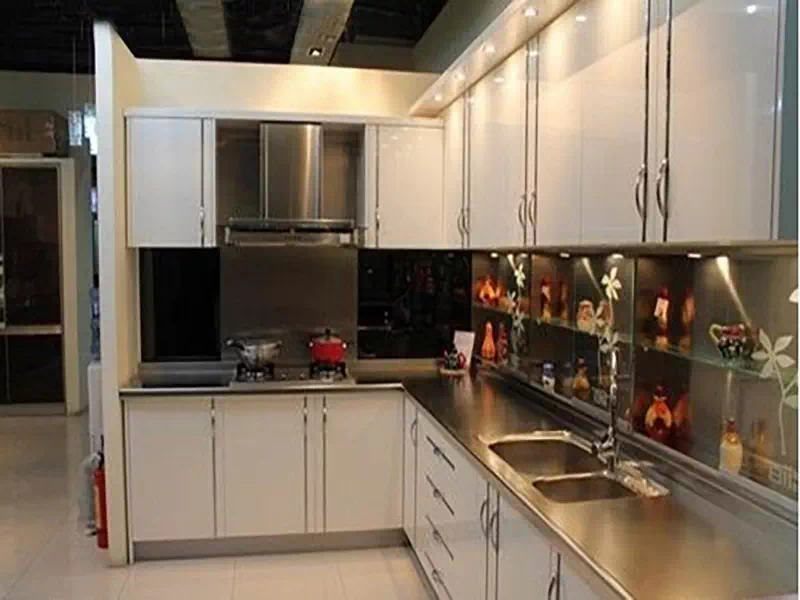
Stainless steel can be divided into five categories: coil, plate, profile, steel pipe and parts. The most important is coil and plate.
Profiles are various types of materials made of plates, including angle steel, flat steel, I-beam and channel steel.
Steel pipe mainly refers to seamless steel pipe. Compared with seamless steel pipe, it is welded pipe. The difference lies in whether it is formed at one time.
Parts mainly refer to elbows, flanges and other small things
The coil and plate are actually the same, but the delivery form is different. The coil is rolled one by one, and the plate is one by one. If the delivery is plate, it is also called original plate, which is generally thick plate. Because it is very thick, it cannot be rolled. Generally, it cannot be rolled if it is more than 16mm
If there are rolls and plates, they are often plates. The prices of rolls and plates are also different. If it is a purchased roll, it is calculated according to the actual weight, so the price is high. If the plate is calculated according to the theory, the price is low. The reason is that there is a difference. For example, the actual thickness of 10mm may be 9.6mm, and there will be a price difference in the middle.
Stainless steel plate is divided into hot rolling and cold rolling according to the different rolling process of rolling mill (rolling mill is the machine name of rolling plate).
Hot rolling is usually marked as No.1 and cold rolling is marked as 2B or BA (BA has a better and brighter surface than 2B. It is close to the mirror. The best is the mirror. The mirror has no stock and needs to be processed). For example, 304 often purchases plates, which means that the coil must be flattened into plates by a machine, which is a flattening machine.
Through the leveling machine, the leveling can be opened into different lengths. If it is not the conventional length, it is called fixed opening, which means fixed opening size, because customers often put forward different length requirements according to actual needs. At this time, the roll is important, and the conventional plate can not meet the requirements.
Domestic cold rolling is generally less than 3mm, and hot rolling is generally more than 3mm. There are both hot rolling and cold rolling for 3mm thickness, but the thickness of imported cold rolled sheet can be less than 4mm or even less than 6mm.
Hot rolled 3 mm to 12 mm plates are called medium plates, and those above 12 mm are called thick plates. They can be thicker than 120 mm and are called hot-rolled medium plates, and cold rolling is cold-rolled thin plates.

304: as a widely used steel, it has good corrosion resistance, heat resistance, low-temperature strength and mechanical properties, good hot workability such as stamping and bending, no heat treatment hardening phenomenon, no magnetism, and the service temperature is from minus 193 degrees to plus 800 degrees.
Uses: tableware, kitchenware, water heater, boiler, auto parts, medical equipment, food machinery, wine storage, pressure vessel (chemical machinery, chemical equipment).
304L: as a low-carbon 304 steel, in general, the corrosion resistance is similar to 304, but after welding and stress relief, it has good intergranular corrosion resistance. It can also maintain good corrosion resistance without heat treatment. It is generally used at 400 ℃
Uses: petrochemical industry, building materials.
321: Ti element is added to 304 steel to prevent intergranular corrosion. It is suitable for positive temperature below 430 to 900 degrees and non-magnetic;
Application: products that are not heat treated after welding, such as automobile exhaust, heat exchanger and container, are not suitable for making food processing equipment due to the addition of Ti.
316: 316 low carbon, added with Mo element, so its corrosion resistance, atmospheric corrosion resistance and high temperature strength are particularly good. It can be used under harsh conditions. It is suitable for use below 900 degrees. It is non-magnetic.
Application: equipment used in seawater, production equipment such as chemical industry, dye, papermaking, acetic acid and fertilizer, facilities in food industry and coastal areas, and products with special requirements for resistance to intergranular corrosion.
309S / 310S: the content of nickel and chromium in these two materials is relatively high. At the same time, the content of Si is increased to make them have high temperature resistance and corrosion resistance. 309S can withstand repeated heating below 980. The service temperature of 310S can reach 1200 degrees, and the continuous service temperature can be 1150 degrees. It is non-magnetic.
Application: suitable for key parts such as high temperature electric furnace equipment and drying equipment, furnace materials, aviation, petrochemical, electric power, etc.
The 200:200 series is similar to 304, which is cheap and economical.
Uses: food processing utensils, kitchen equipment, food processing equipment, filters, milk cans, durable consumer goods, washing machine accessories, water heaters, steel furniture, building decoration and decoration. In terms of fatigue resistance, 201 has higher hardness and toughness than 304, and the fatigue resistance of 304 is better.
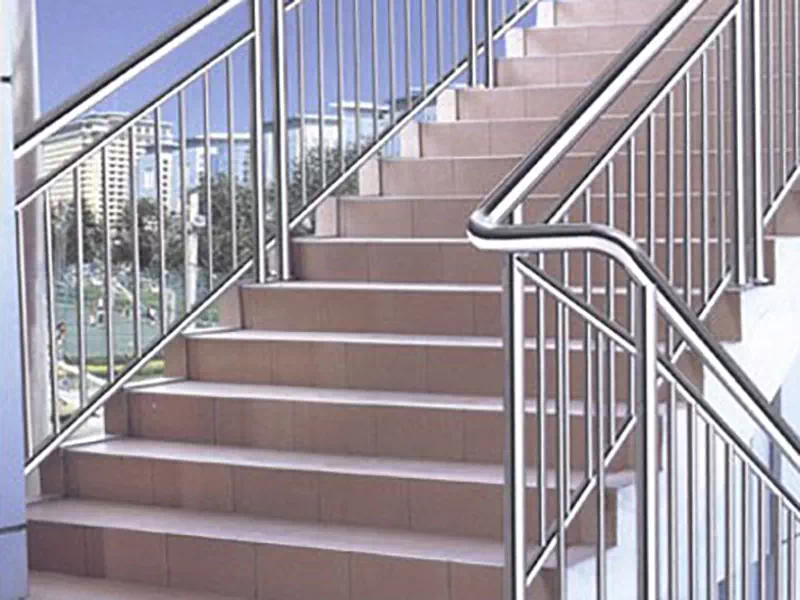
All metals react with oxygen in the atmosphere to form an oxide film on the surface. Unfortunately, the iron oxide formed on ordinary carbon steel continues to oxidize, expanding the corrosion and finally forming holes. The carbon steel surface can be guaranteed by electroplating with paint or oxidation resistant metals (e.g. zinc, nickel and chromium), but as is known, this protection is only a thin film. If the protective layer is damaged, the steel below begins to rust.
The corrosion resistance of stainless steel depends on chromium, but because chromium is one of the components of steel, the protection methods are different.
When the addition of chromium reaches 10.5%, the atmospheric corrosion resistance of steel increases significantly, but when the chromium content is higher, although the corrosion resistance can still be improved, it is not obvious. The reason is that when alloying steel with chromium, the type of surface oxide is changed to be similar to that formed on pure chromium metal. This tightly adhered chromium rich oxide protects the surface from further oxidation. This oxide layer is very thin. Through it, you can see the natural luster of the steel surface, which makes the stainless steel have a unique surface. Moreover, if the surface layer is damaged, the exposed steel surface will react with the atmosphere to repair itself, re form this “passive film” and continue to play a protective role.
Therefore, all stainless steels have a common characteristic, that is, the chromium content is more than 10.5%.
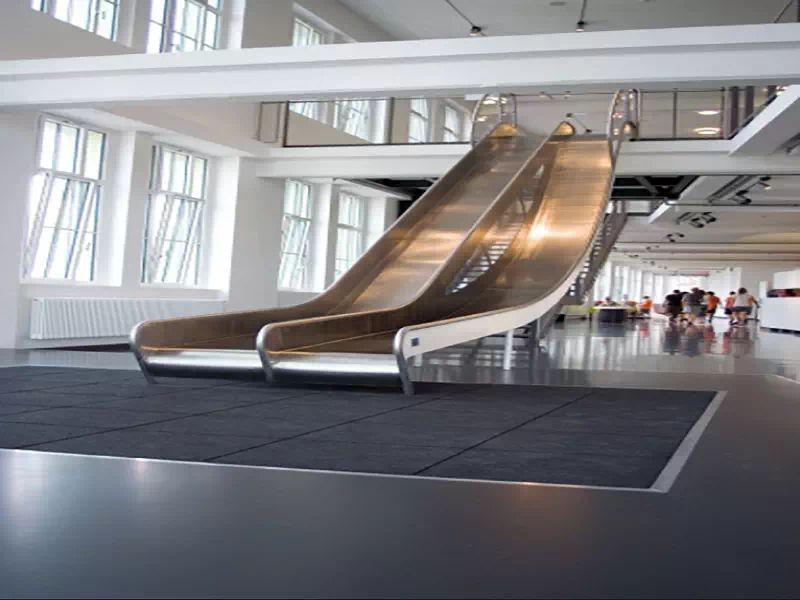
surface | features | Summary of manufacturing methods | purpose |
NO.1 | Silver white matte | Hot rolled to specified thickness, on a rough, matte surface annealed and dephosphorized | Use without surface gloss |
NO.2D | Silvery white | A matte finish in which heat treatment and pickling are carried out after cold rolling, and sometimes the final light rolling is carried out on the rough roller | 2D products are used for purposes with lax surface requirements, general materials and deep drawing materials |
NO.2B | Gloss stronger than No.2D | After No.2D treatment, the polishing roller is used for the final light cold rolling to obtain suitable gloss. This is the most commonly used surface processing, which can also be used as the first step of polishing | General timber |
BA | Bright as a mirror | There is no standard, but it is usually bright annealed surface processing, with high surface reflectance | Building materials, kitchen utensils |
NO.3 | Rough grinding | Grind No.2D and no.2b materials with 100 ~ 200# (unit) abrasive belt | Building materials, kitchen utensils |
NO.4 | Intermediate grinding | The polished surface obtained by grinding No.2D and no.2b materials with 150 ~ 180# abrasive belt, which is a general, specular and bright surface with visible ‘grains’ | Building materials, kitchen utensils |
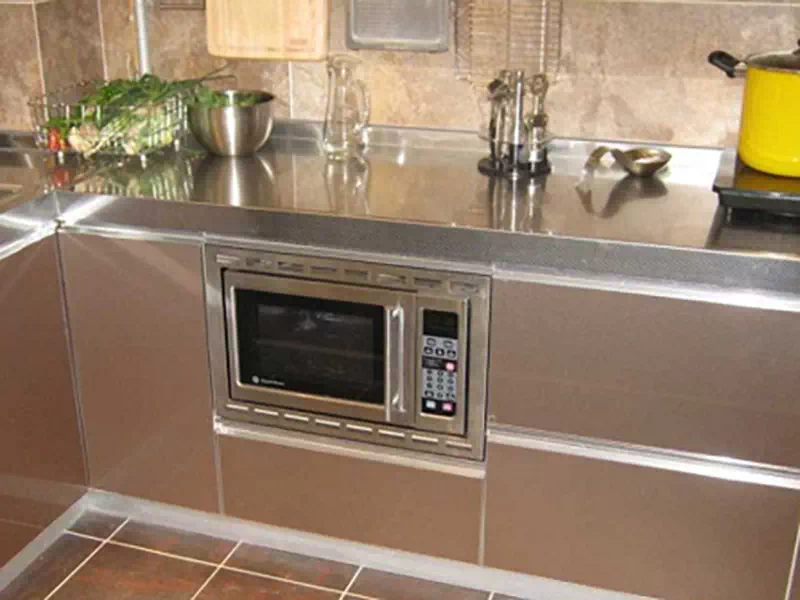
(1) Overweight plate:
Reason: it should be the technical reason of the steel plant. When rolling thick plates, the actual thickness is thicker than the standard thickness, or the length and width are longer than the standard, resulting in the weight being heavier than the adjusted weight.
(2) Modified rolling plate:
The modified rolling plate is generally made of small plant waste and billet. The processing technology is backward, the plate surface is poor, there is no guarantee of quality and mechanical properties, and its nickel content can not meet the formal requirements. In terms of processing, it is difficult to punch holes and arch wires. Its advantage is that the price is about 1500-2000 cheaper than that of large factories.
(3) Calendering plate:
Reasons for producing calendered plate: because there is a big price difference between hot-rolled coil and cold-rolled coil, and the price of changing rolled coil is cheaper than cold-rolled coil, calendered plate has both price advantages and great profit space, so many manufacturers produce calendered plate.
Production process: because the manufacturer of calendered plate itself does not have the ability to produce cold-rolled plate, and its production process can not meet the requirements of producing cold plate, they buy hot-rolled coil from large steel plant, carry out surface annealing treatment, and then roll it into cold-rolled coil of other thicknesses.
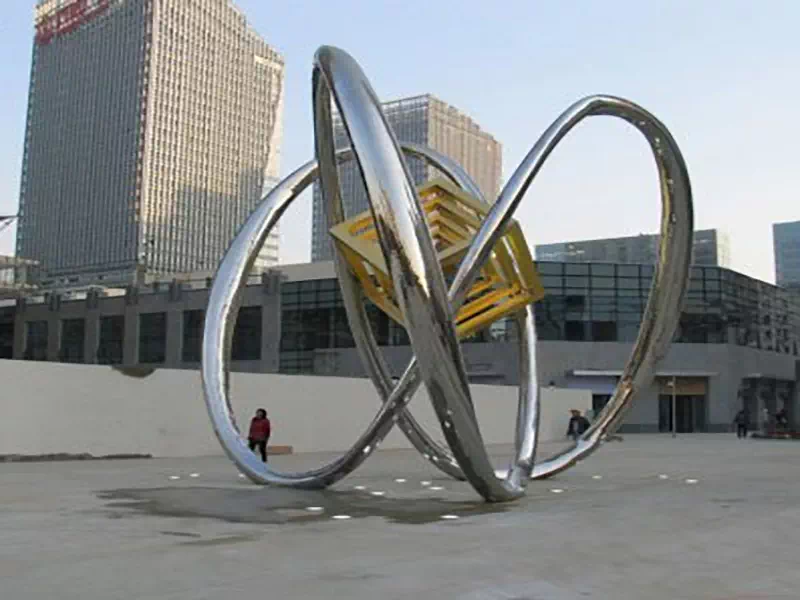
Volume:
(1) Coil is also divided into cold-rolled coil and hot-rolled coil, trimming coil and burr coil
(2) The thickness of cold-rolled coil is generally 0.3-3mm, and there are also cold-rolled plates with a thickness of 4-6mm. The widths are 1m, 1219m and 1.5m, represented by 2B.
(3) The thickness of hot rolled coil is generally 3-14mm, and there are also 16mm coils with widths of 1250, 1500, 1800 and 2000, which are expressed by No.1
(4) The rolls with width of 1.5m, 1.8m and 2.0m are edge cutting rolls
(5) The width of burr roll is generally 1520, 1530, 1550, 2200, etc., which is wider than the normal width.
(6) In terms of price, the difference between trimming roll and burr roll of the same model is generally about 300-500 yuan.
(7) The roll can be opened according to the length required by the customer. After being leveled by the leveler, it is called the opening plate. Cold rolling is generally leveled by 1m * 2M and 1219 * 2438, also known as 4 * 8 feet. Hot rolling is generally leveled by 1.5m * 6m, 1.8m * 6m and 2m * 6m. Those opened according to these dimensions are called standard plate or sizing plate.
Original flat plate, also known as sheet rolling:
(1)The thickness of the original plate is generally 4mm-80mm, but also 100mm and 120mm. This thickness can be rolled at a fixed time.
(2) The width is 1.5m, 1.8m and 2m, and the length is more than 6m.
(3) Features: the original flat plate has large volume, high cost, difficult pickling and inconvenient transportation.

Zhishang Steel has always been a pioneer in custom steel and special supplies, and has been recognized for its efforts in enhancing work efficiency and product quality. In addition to ISO9001:2015 certification, we also adhere to strict quality policies and proprietary procedures. If you have any questions, please contact us to provide the best type of product solution for your pre-painted, coil coating metal process, we will closely support after-sales service to ensure that your subsequent problems can be solved in a timely manner, if you have any questions, please send email to info@zhishangsteel.com, we look forward to serving you.

Zhishang Steel, specializing in domestic steel products trade, warehousing, processing and other services. The team has four service teams: Shandong Zhishang Steel Co., LTD., Shandong Zhiyiheng Trading Co., LTD., Tai 'an Zhishang Economic and Trade Co., LTD., Shandong Zhishang Steel Structure Co., LTD. Mainly engaged in steel coil, coated, stee···